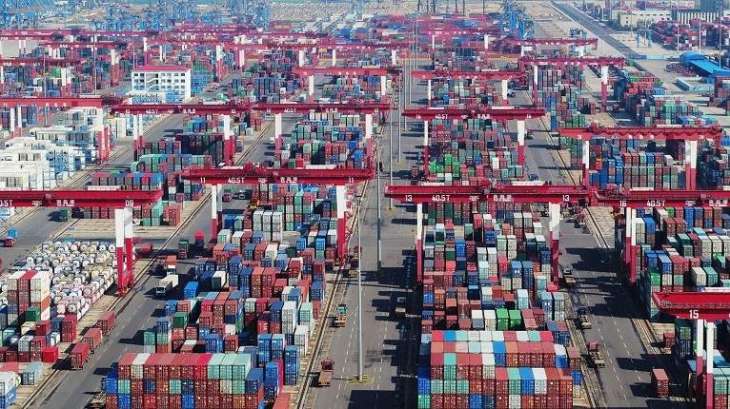Orders for durable goods in the United States such as machinery and electronics rose by 0.4% in April, expanding at less than half of the March levels and also below the forecasts of economists, data from the Commerce Department showed on Wednesday
WASHINGTON (Pakistan Point News / Sputnik - 25th May, 2022) Orders for durable goods in the United States such as machinery and electronics rose by 0.4% in April, expanding at less than half of the March levels and also below the forecasts of economists, data from the Commerce Department showed on Wednesday.
The April growth in durable-goods orders compared with the 1.1% expansion for the same noted in March. Economists polled by US media had forecast a growth of 0.6% for last month.
"(The) overall numbers are worse than expected across the board, with revisions also lower," economist Greg Michalowski said in a post on the ForexLive platform.
A slew of US economic data of late has come in weaker than expected, prompting economists to fear that the United States may be heading for a recession as the Federal Reserve tries to counter the worst inflation in 40 years with the continuous interest rate hikes.
The durable goods data came on the heels of the two-year lows in monthly sales of newly-built homes in April. Housing and real estate have important roles in the US. economy, with roughly 65% of occupied housing units being owner-occupied. That makes homes a substantial source of household wealth and home construction a key provider of employment.
After contracting 3.5% in 2020 from disruptions forced by the coronavirus pandemic measures, the US economy expanded by 5.7% in 2021, growing at its fastest pace since 1982. But inflation has grown just as fast as the economy and faster, with some price gauges showing growth of more than 8% on the year. The Federal Reserve's tolerance for inflation is a 2% per year.
US growth has been on a weaker trajectory this year, coming in at a negative 1.4% in the first quarter as the Russia-Ukraine crisis led to runaway inflation in food and energy prices.
If the economy does not return to positive territory in the second quarter, the United States will technically be in recession going by the definition that it takes just two negative quarters in a row to make up a recession.
The Federal Reserve has said it will raise interest rates throughout the year and even slow down the US economy if necessary to bring inflation back to its 2% target.




